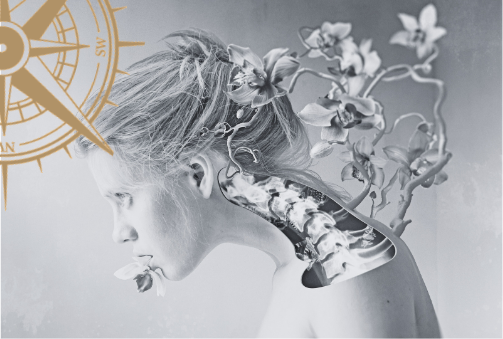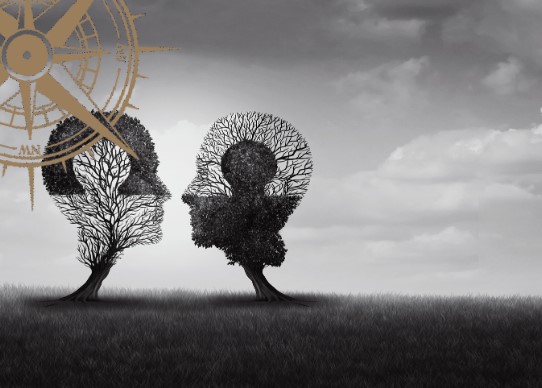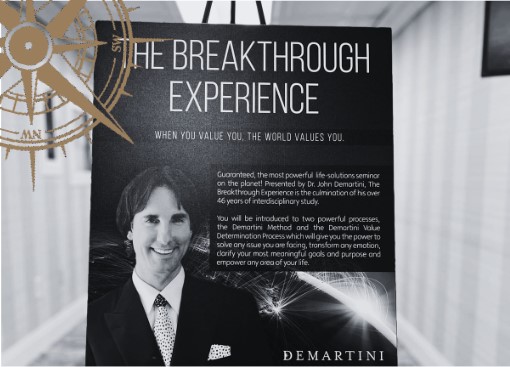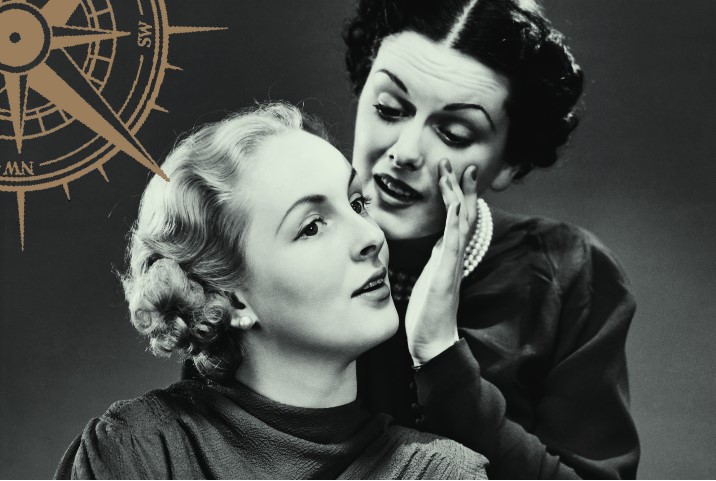Unveiling the Intimate Mirror: How Sexual Expression Reflects and Shapes Our Inner World
A few weeks ago, I did a series of newsletters on The Mirrors of Human Relationships: Reflections on Growth and Self-Discovery (Read part 1, part 2, part 3 & part 4).
It was such a hit, and people loved it. I even noticed another coach using it in their program – Yah, to see the ripple effect of the work that is being shared. (You know who you are – I see you and honour you).
On reflection, it sparked the idea of two more to add to the series.
Today, let’s talk about how our sexual expressions and relationships also play a significant role in our personal growth and self-discovery.
Sexuality, a fundamental aspect of human existence, has the power to illuminate the innermost recesses of our identities. Sexual expression and intimate relationships serve as mirrors, revealing our desires, insecurities, vulnerabilities, and self-acceptance.
Let’s go deep. Really deep. Oh yeeaaah….. Hey! Where did your mind go?!?
I’m talking about the deep dive into the intricate dynamics of sexual expression and how it reflects and shapes our inner world.
Sexuality as a Mirror: Reflecting Desires and Insecurities
Our sexual desires and preferences often mirror our deeper emotional and psychological needs. Philosopher Simone de Beauvoir, who was about feminist empowerment, eloquently observed, “One is not born, but rather becomes, a woman.”
Our sexuality is not solely an innate aspect but is also shaped by societal norms, personal experiences, and self-identity.
We have to work at our sexual expression, and our desires, and speak up. Like a muscle where you go to the gym, sexuality and the expression of it is important.
Navigating Sexual Relationships:
Effective communication is paramount in intimate relationships. Open, honest and transparent discussions about desires, boundaries, and consent can lead to more fulfilling sexual dynamics.
Sexual intimacy often requires a high degree of vulnerability. Trusting our partners with our deepest desires and insecurities can lead to greater emotional intimacy.
And this can be hard. Because after years or even decades, you might realise you like cucumbers but you never did before. And now your dream about the cucumber, you want it, you want it in every way, shredded, sliced, in its raw form… You get my drift.. But how did you have this conversation when your spouse thinks you don’t like cucumbers at all?
We’re allowed to change, hey! That’s a yes.
Sexual exploration can be a journey of self-discovery. It allows us to understand our bodies, desires, and preferences, shedding light on our evolving identities.
Sexuality as a Shaper: Transforming Self-Appreciation and Identity
On the flip side, sexual experiences have the power to shape our self-identity. They can lead to profound insights into our attitudes toward our bodies, self-worth, and emotional well-being.
Social norms play a role in our own perception of ourselves, our bodies and our expression. Here are some ways we can transform our perceptions and find a stronger sense of self in relationships and our sexual expressions.
Society often imposes unrealistic beauty standards that can impact our self-image. Exploring our sexuality can challenge these norms, allowing us to embrace and appreciate our bodies as they are.
For some, sexual experiences may involve healing from past traumas or exploring newfound empowerment.
QUESTIONS OF GROWTH
What I love about the Demartini Method is that it can be used for so many challenges, including sexual trauma and challenges, dissolving judgement and awakening more sexual expression within ourselves and with our spouse.
- What is one thing you have never done but wish you had?
- How would it benefit you to be able to express this/do this for both yourself and your spouse? Keep asking and answering the question until you feel the shift and feel ready to have a conversation.
- The material you have with question 2 you can use as your sales pitch. Go have a conversation. ie. “I asked my partner if they wanted to try a little role-playing. They said, ‘Sure, you can be the doctor and pay off my medical bills.'” Resistance or not getting the reaction you wanted means you haven’t sold it to them yet.
In the realm of sexual expression and relationships, self-awareness and self-appreciation are key. Communication becomes the way to break down barriers and get your needs and desires met.
By recognizing the ways in which our sexual desires, experiences, and identities reflect and shape our inner world, we can embark on a journey of self-discovery and growth.
It is through open dialogue, exploration, and self-acceptance that we can harness the transformative power of our sexuality.
Ultimately, our sexual expression can be a profound avenue for personal growth.
Feeling adventurous? Are you up for it?










